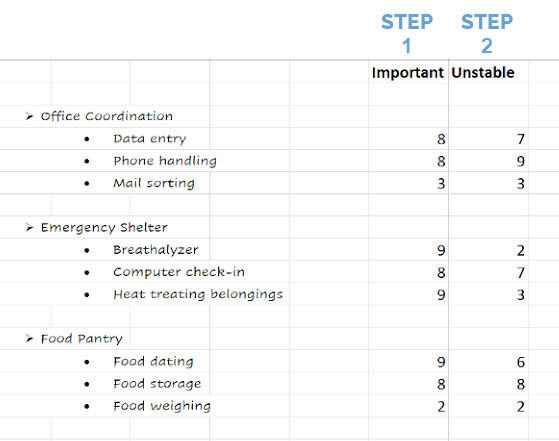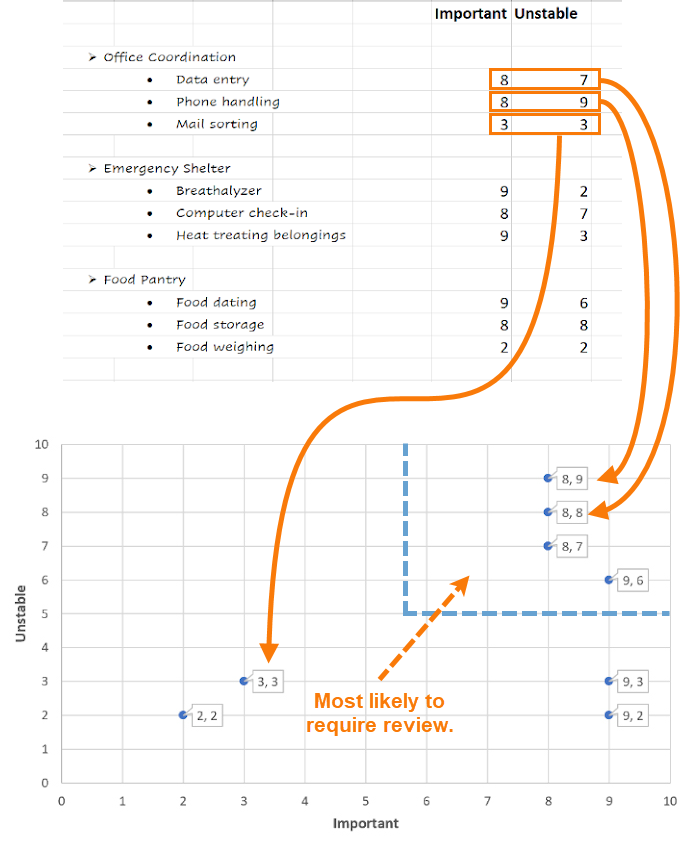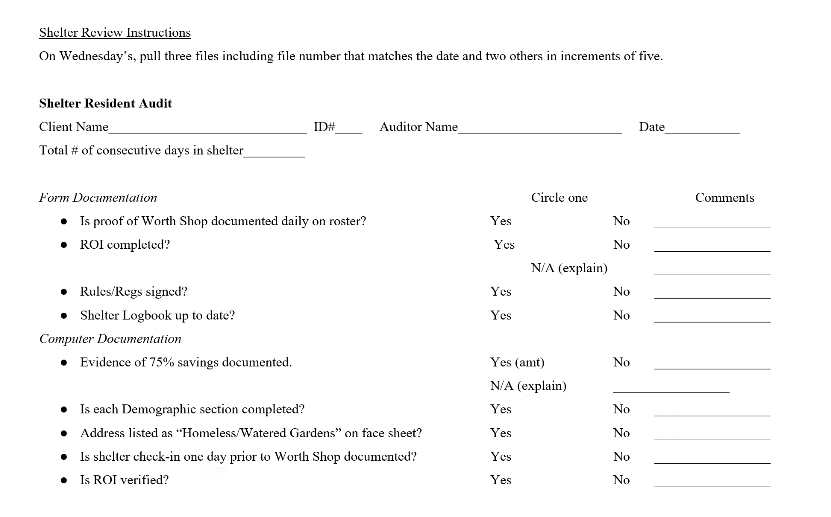Keep Excellence on Track with Operational Reviews

James Whitford
Executive Director
Imagine that you spend months crafting a relational, empowering program at your ministry. You carefully craft a series of questions for clients designed to find their talents and abilities. The person responsible for asking the questions changes out several times and one day you decide to sit in on the process. What was designed as an exercise in personal connection has become quite the opposite – an adversarial bureaucratic process that demeans your client. Changes of this magnitude in our processes happen over time and more often than we know. Beyond designing and implementing your programs well, you must maintain their effectiveness over time.
In Psalm 139:14, the psalmist proclaims, “I am fearfully and wonderfully made!” Certainly, we are. Most of the really amazing stuff happens at the cellular or even molecular level. Just consider that there are specialized proteins with a specific function to check out strands of DNA throughout the cells of your body looking for a mistake. If they find an error, they correct it. That’s good news! If they weren’t there to check the accuracy of cell production and function, then over time your production and function would go awry as one genetically faulty cell after another would replicate itself.
Although our nonprofits are not nearly as complex as the human body, they’re certainly at risk of going awry. To safeguard our organizations, we must implement ways to accomplish the same function as those specialized proteins, checking on the accuracy of what’s being produced. How do we ensure our operational processes aren’t drifting off-course from their original intent and design?
An “operational audit” is one way. This is a systematic review of effectiveness, efficiency and economy of operation in an organization. These are usually performed on an infrequent basis and require an external auditor who is a specialist. If you’re already doing this, don’t stop. If you’re not and it seems a bit overwhelming, let me recommend a simple way to get started on that important task of accuracy-checking your operational processes. Rather than an audit, we’ll call this simpler approach an operational review.
![]()
Identify IMPORTANT processes
At the nonprofit I direct, I’m not reviewing the process by which our trash gets emptied. I don’t plan on it, either. In part, that’s because it’s simply not a very important process in our mission. However, communication is—it’s vital so for us—so, a review of our phone calls is very important. The first step is to determine which processes are most important for your organization. As an exercise, you might write down the first few that come to mind. To help with this, ask, “What would be the last few programs of our operation that we would shut down if we had to?” Jot those down and then list a few of the processes required for each of those operations to occur. Lastly, rate each of the processes on a scale of importance, 0-10, with 10 being the most important. Again, importance is a measure of necessity.

![]()
Identify UNSTABLE processes
Some processes might be at less risk of error or “drift” than others. Instability is a measure of the likelihood processes will vary between episodes or between different people. For example, we have a breathalyzer process during check-in at our emergency shelter. It’s important. However, it’s very stable. In other words, it’s not a complicated process and, because it only has two simple steps, it’s at much less risk of variation or error than the process that comes after that – resident data entry. Because there’s a lot of data to capture and enter during that phase of the check-in process, it’s less stable than the breathalyzer process. Looking at your list, rate the same items on a scale of instability, 0-10, 10 being the most unstable or at most risk of error.
![]()
Graph your processes on a basic XY graph
In the example, you can see that those processes in the top right of your graph are those most likely to require a review. They are the most important but also the most error-prone.

![]()
Choose a sample of instances for review
I’m glad we have checks happening on every DNA strand of every cell. I’m also glad that level of review or auditing is unnecessary in the nonprofit world. However, it is important that the review of a particular event be randomly selected. As an example, our weekly shelter review process requires drawing the folder of a resident whose bed number matches the date. It’s also important that the reviewer be unbiased. A randomly selected, unbiased review of a process will yield the most useful and accurate information.
![]()
Build a rating system for your results
When you design your review for a specific process, ask questions in a form that “no” is a negative response and “yes” is positive. You might refer to the example. I recommend staying away from short answer responses. It will be better to do simple scoring where a “no” represents a missed point. In other words, one “no” and nine “yeses” is a score of 9/10 or 90%.
Setting up a review process for your nonprofit can benefit you in a few ways. First, you’ll be more confident that your organization is actually doing what you think it’s doing. Second, you’ll identify areas that need attention. Ensuring the integrity of your ship requires you know the condition of the sails no less than the hull. Lastly, it improves performance and morale. If your team knows the work is important enough to be reviewed, it will encourage them and boost performance. Make sure you “catch people doing the right thing” and make a point to celebrate the quiet people who do critical work in the background. Happy reviewing!



